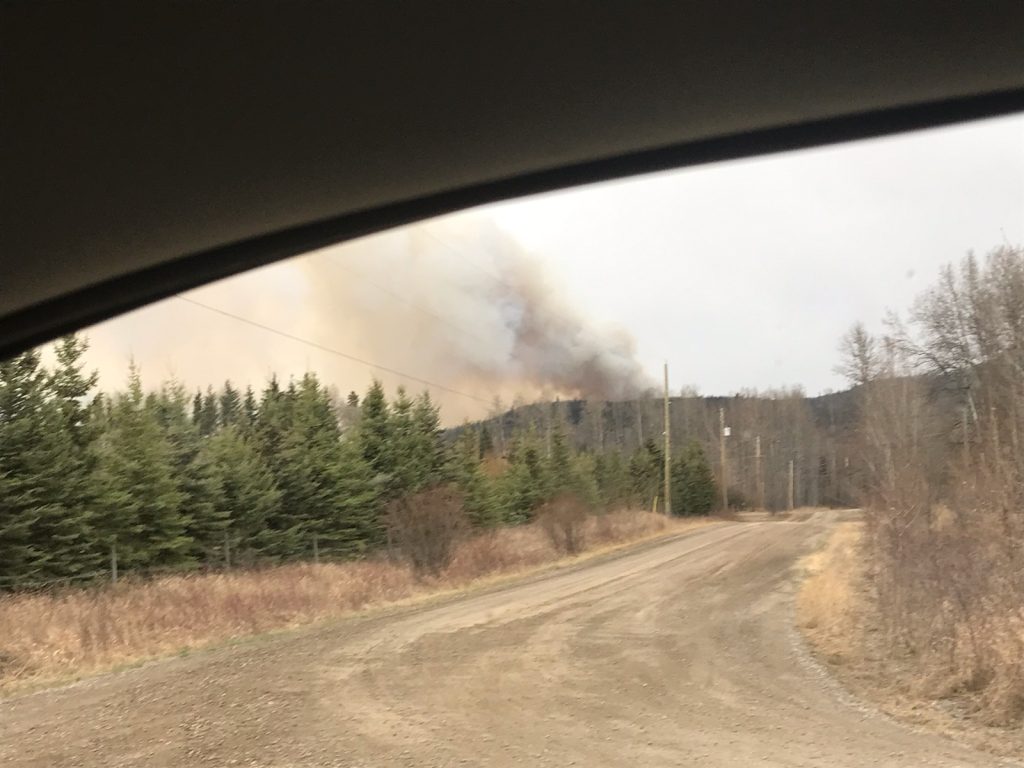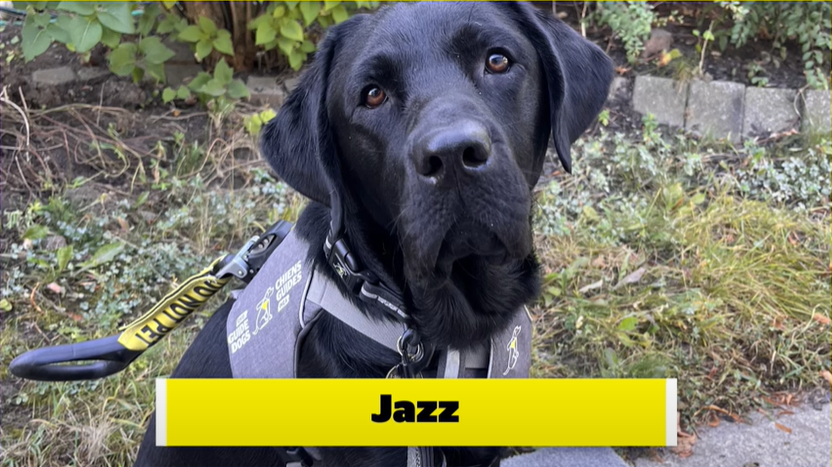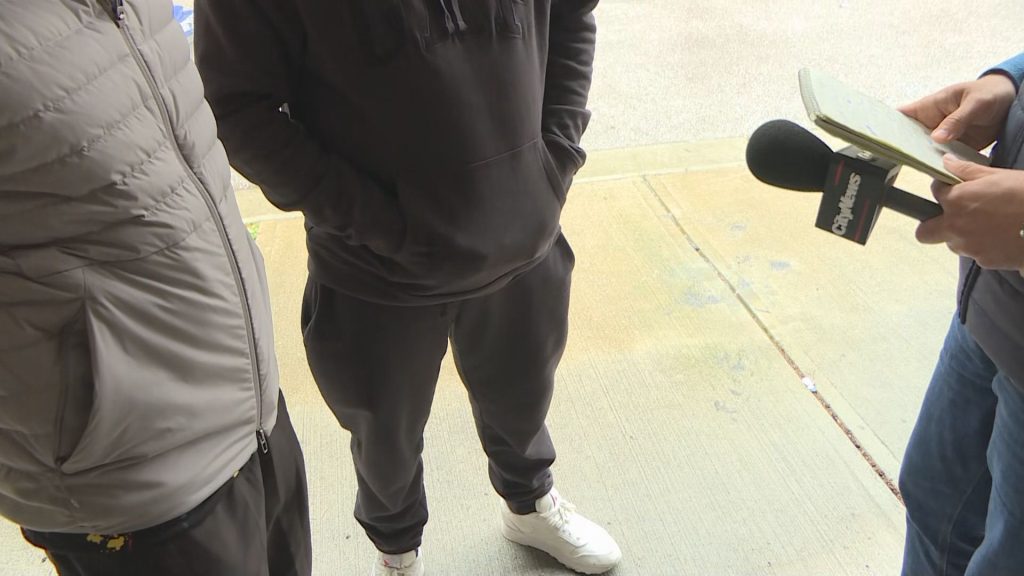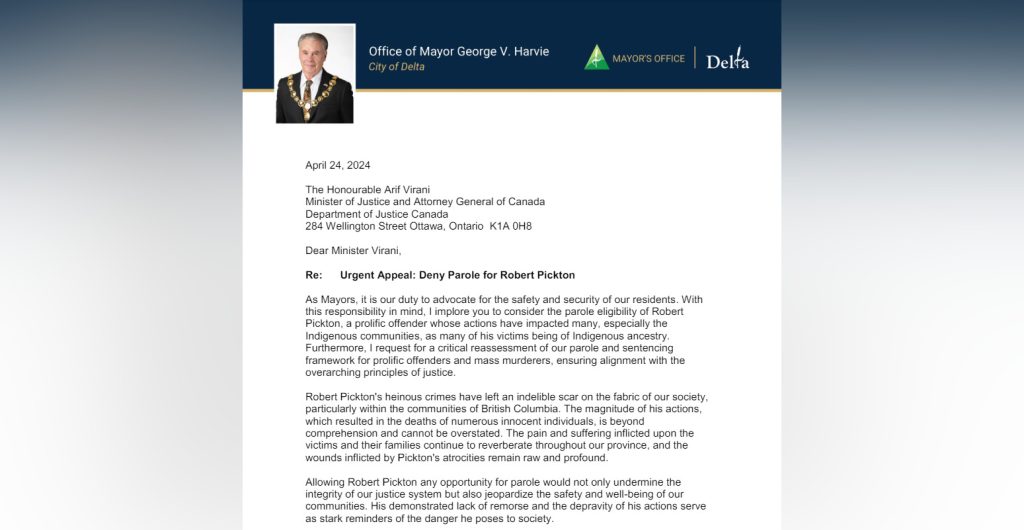Key moments surrounding Iran’s now-threatened nuclear deal
Posted May 7, 2018 11:15 pm.
Last Updated May 8, 2018 12:00 am.
This article is more than 5 years old.
President Donald Trump is to announce Tuesday whether he will pull the United States out of the Iran nuclear deal, a 2015 agreement that capped over a decade of hostility between Tehran and the West over its atomic program.
Here’s a timeline of major events over that timespan:
—August 2002: Western intelligence services and an Iranian opposition group reveal a covert nuclear site at the central city of Natanz. An inspection by the U.N.’s International Atomic Energy Agency reveals it was used to enrich uranium, a process for producing fuel or nuclear warheads.
—June 2003: Britain, France and Germany engage Iran in nuclear negotiations. Washington refuses to join.
—October 2003: Iran suspends uranium enrichment.
—February 2006: Iran announces it will restart uranium enrichment following the election of hard-line President Mahmoud Ahmadinejad, a critical Iran report by the IAEA and after Britain, France and Germany walk out of stalled negotiations.
—June 2006: The United States, Russia and China join Britain, France and Germany to form the P5+1 group of nations trying to persuade Iran to curb its nuclear program. Washington initially stays away from the negotiating table.
—December 2006: The U.N. Security Council imposes the first set of sanctions on Iran, banning the sale of sensitive nuclear technology. More follow as time goes on.
—November 2007: The number of uranium-enriching centrifuges assembled by Iran reaches about 3,000 from just a few hundred in 2002. Its stockpile of low-enriched uranium also grows, giving Tehran a theoretical ability to make enough-weapons grade uranium for an atomic bomb within a year.
—July 2008: Under President George W. Bush, the United States joins the nuclear talks for the first time.
—October 2009: Under President Barack Obama, a senior U.S. diplomat meets one-on-one with Iran’s top nuclear negotiator. The talks are some of the most extensive between Washington and Tehran in three decades.
—February 2010: Iran announces it has started to enrich uranium to near 20 per cent, a technical step away from weapons-grade material.
—May 2010: Brazil and Turkey announce their own nuclear deal with Iran. The arrangement quickly falls apart.
—January 2011: Negotiations between Iran and the six world powers break off for what becomes a 15-month hiatus.
—November 2011: The IAEA outlines the possible military dimension to Iran’s nuclear activities. Iran denies the allegations, saying they’re based on falsified Israeli and U.S. evidence.
—January 2012: The IAEA says Iran is enriching to 20 per cent at its mountain facility near Fordo. The European Union freezes the assets of Iran’s central bank and halts Iranian oil imports.
—April 2012: Negotiations restart between Iran and world powers.
—July 2012: U.S. and Iranian officials meet secretly in Oman to see if diplomatic progress is possible. Talks gain speed the following year, particularly when Ahmadinejad’s presidency ends.
—August 2013: Hassan Rouhani, a relatively moderate cleric, defeats several hard-line candidates to become Iran’s president, declaring his country ready for serious nuclear talks. By now, Iran has about 20,000 centrifuges and the U.S. estimates the country is only a few months away from nuclear weapons capability.
—September 2013: Rouhani and Obama speak by telephone, the highest-level exchange between the two countries since Iran’s 1979 Islamic Revolution. U.S. Secretary of State John Kerry and Iranian Foreign Minister Mohammad Javad Zarif begin their diplomatic exchanges.
—November 2013: Iran and the six powers announce an interim agreement that temporarily curbs Tehran’s nuclear program and unfreezes some Iranian assets. The deal sets the stage for extended negotiations on a comprehensive nuclear accord.
—June 16, 2015: New York businessman Donald Trump announces he’s running for president and says of the yet-finalized Iran deal: “It’s a disaster.”
—July 14, 2015: World powers and Iran announce long-term, comprehensive nuclear agreement.
—October 2015: Iran conducts its first ballistic missile test since the nuclear deal. The U.S. accuses Iran of violating a U.N. Security Council resolution, but the Obama acknowledges that ballistic missiles are “entirely separate” from the nuclear deal. Iran continues its tests, saying its missiles serve as a defensive deterrent in a region heavily armed by the U.S.
—Jan. 12, 2016: Iran captures 10 U.S. Navy sailors on stricken patrol boats that end up in Iranian territorial waters in the Persian Gulf. They are kept overnight and released after talks between Zarif and Kerry, but Iranian state media trumpets the capture by airing footage of the sailors on their knees with their hands on their heads.
—Jan. 16, 2016: The IAEA acknowledges Iran has met its commitments under the nuclear deal, which sees most sanctions on Iran lifted. It takes time but Iran re-enters the global banking system and begins selling crude oil and natural gas on the international market. Meanwhile, the U.S. and Iran make a prisoner swap that frees Washington Post journalist Jason Rezaian and three other Iranian-Americans. The U.S. makes a $400 million cash delivery to Iran the same day. That money involved undelivered military equipment from the shah’s era, though some U.S. politicians have criticized the delivery as a ransom payment.
—Jan. 17, 2016: The U.S. imposes new sanctions over Iran’s ballistic missile tests.
—Nov. 9, 2016: Trump wins U.S. presidential election, besting Hillary Clinton.
—December 2016: Airbus Group signs a deal with Iran’s national carrier, IranAir, to sell it 100 airplanes for around $19 billion at list prices. Boeing later struck its own deal with IranAir for 80 aircraft with a list price of some $17 billion. Both earlier received permission from the U.S. Treasury for the sales.
—Jan. 20, 2017: Trump is sworn in as 45th U.S. president, pledging: “This American carnage stops right here and stops right now.”
—Feb. 1, 2017: Trump’s former national security adviser Michael Flynn says the U.S. government is “officially putting Iran on notice” over its ballistic missile tests.
—May 19, 2017: Rouhani is re-elected as Iran’s president.
—June 2017: Iran suffers its first Islamic State group attack in Tehran, which sees militants assault parliament and the mausoleum of the Islamic Republic’s founder, Ayatollah Ruhollah Khomenei. Iran responds by firing ballistic missiles at suspected IS targets in Syria
—Oct. 13, 2017: Trump announces he will not re-certify the Iran nuclear deal as required, criticizing the accord by saying it “threw Iran’s dictatorship a political and economic lifeline.”
—November 2017: The U.S., Western nations and the U.N. say Iran has been supplying Shiite rebels in Yemen with the ballistic missiles used to target Saudi Arabia’ capital, Riyadh. Tehran denies it.
—Jan. 12: Trump administration re-issues waivers on nuclear deal sanctions, but warns Trump will withdraw from the deal if Congress does not address his concerns. Trump administration also says it wants a supplemental deal on Iran with European allies.
—May 8: Trump says he’ll announce his decision on whether to pull the U.S. from the nuclear deal.










